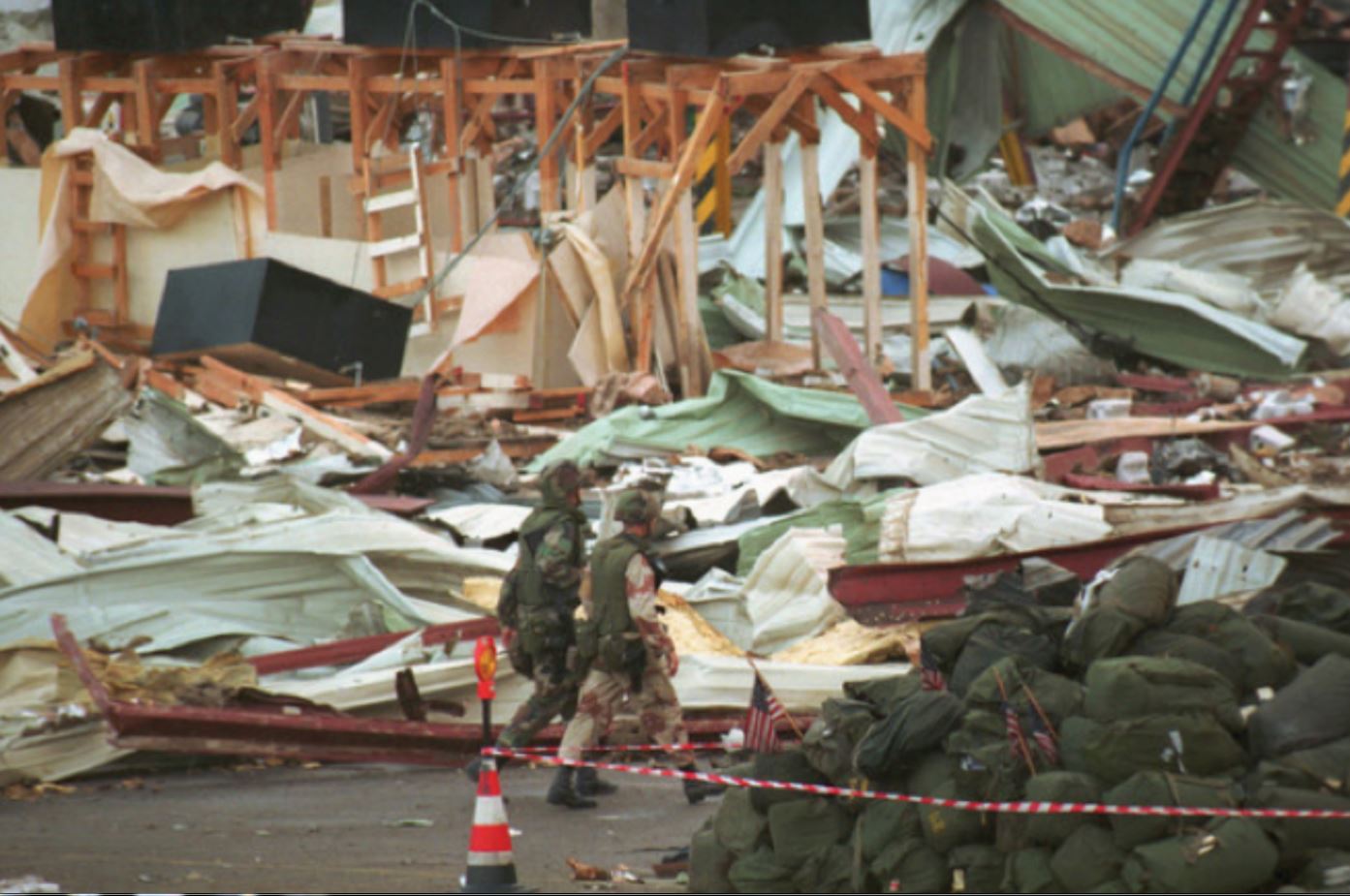
Army Reserve Terminal Transfer Units loaded dozens of ships at various seaports with the equipment and personnel of the 1st Cavalry Division, the 2nd Armored Division, III Corps Artillery and many other Army units deploying to the Gulf.
Army Reserve logistics units played a major role in relocating 230,000 Soldiers, 95,000 trucks, and 12,000 tanks and armored vehicles on a 400-mile shift in support of Gen. H. Norman Schwarzkopf’s battle plan.
The 316th Quartermaster Company, a highly specialized unit based at Miramar Naval Air Station in San Diego County, distributed 8.4 million gallons of water during the Persian Gulf War. During Desert Storm, Army Reserve Soldiers provided the bulk of water purification and distribution, Civil Affairs support, enemy prisoner-of-war handling, postal work, petroleum handling, military history support, and psychological operations.
Other Army Reserve units served in chemical decontamination, transportation, military police, maintenance and engineer roles.
Pictured above: Two U.S. Soldiers walk past a pile of duffel bags decorated with small American flags following a SCUD missile attack on the U.S. military barracks at Dhahran, Saudi Arabia, Feb. 25, 1991.